Discover 11 hidden attractions, cool sights, and unusual things to do in Forest of Bowland (United Kingdom). Don't miss out on these must-see attractions: Fair Snape Fell, British hardened field defences of World War II, and Easington Fell. Also, be sure to include Abbeystead House in your itinerary.
Below, you can find the list of the most amazing places you should visit in Forest of Bowland (England).
Table of Contents
Fair Snape Fell
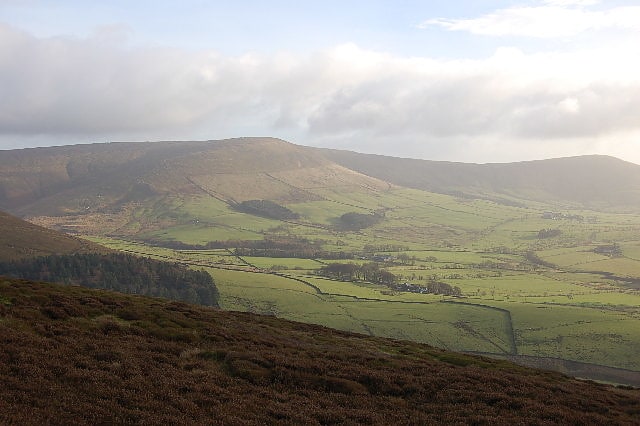
Hill in England. Fair Snape Fell is one of the larger hills in the Forest of Bowland in Lancashire, England. It occupies a position in the very south of the main range of fells, alongside and just to the north of Parlick, to which it is joined by a ridge. The main paths approach the summit from Parlick in the south, Saddle Fell in the east and Bleasdale in the valley to the west. The Saddle Fell approach is as boggy as the hills to the north. The summit is covered in grass and peat groughs. A trig point and large cairn occupy the top of the western escarpment, with the highest point being about 700 metres to the north-east.
The word snape means ‘pasture’; thus Fair Snape Fell means ‘fell of the fair (beautiful) pasture’.
Considerable areas of the Bowland fells were used for military training during World War II and there are still unexploded bombs in some areas, including nearby Wolf Fell.[1]
British hardened field defences of World War II
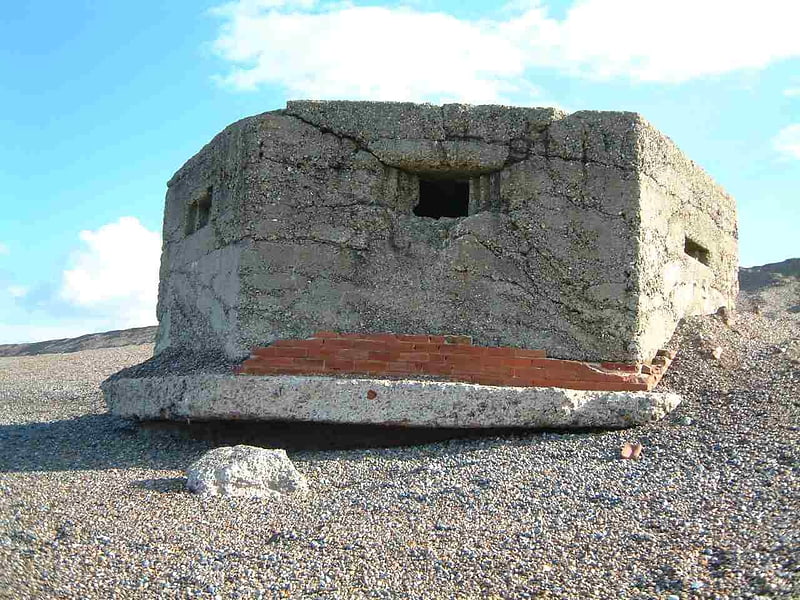
British hardened field defences of World War II were small fortified structures constructed as a part of British anti-invasion preparations. They were popularly known as pillboxes, a reference to their shape.[2]
Easington Fell
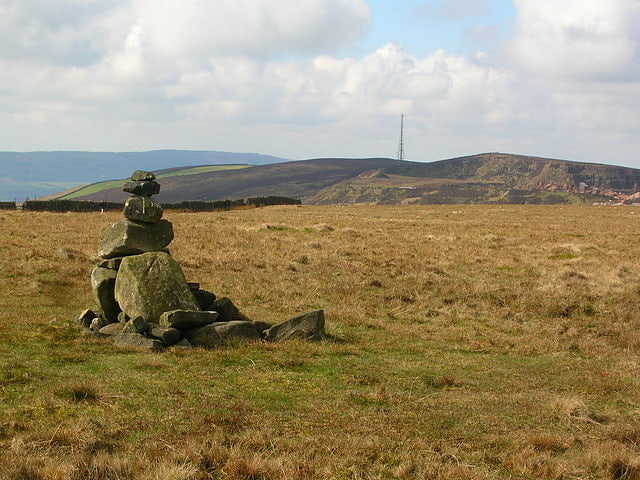
Easington Fell is a Marilyn in the Forest of Bowland in Lancashire, England. It has been surveyed to be 70 cm higher than a nearby fell of almost identical height, namely, Waddington Fell. This is visible in the background of the photo.[3]
Abbeystead House
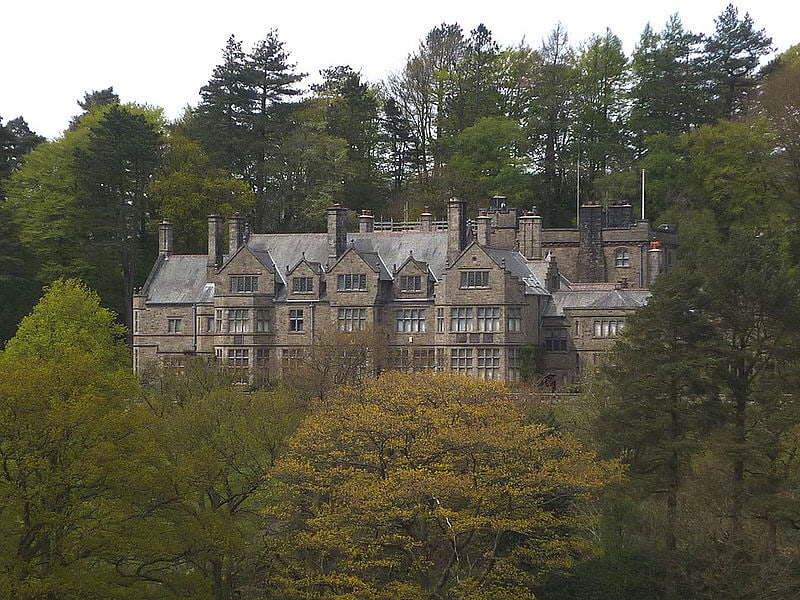
Building in the United Kingdom. Abbeystead House is a large country house to the east of the village of Abbeystead, Lancashire, England, some 12 km south-east of Lancaster. It is recorded in the National Heritage List for England as a designated Grade II listed building.[4]
Scheduled monuments in Lancashire
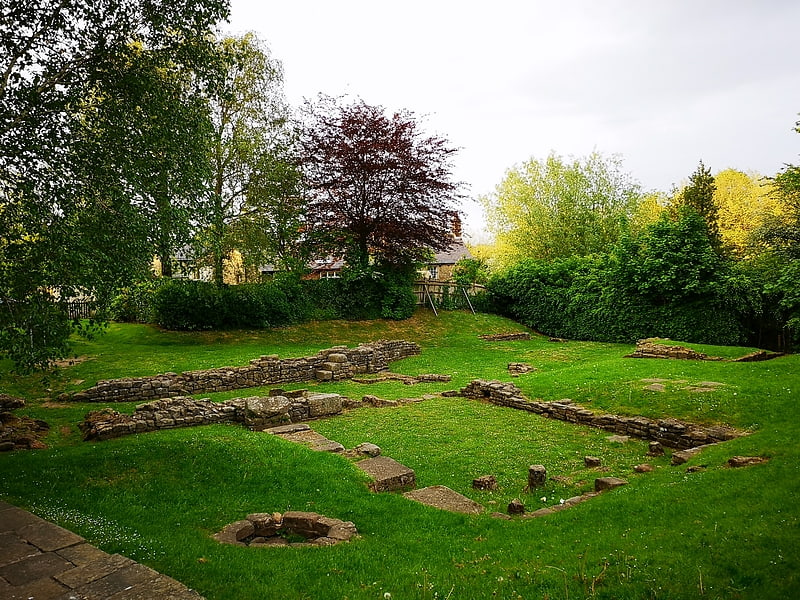
This is a list of scheduled monuments in the English county of Lancashire.
In the United Kingdom, a scheduled monument is a "nationally important" archaeological site or historic building that has been given protection against unauthorised change by being placed on a list (or "schedule") by the Secretary of State for Digital, Culture, Media and Sport; Historic England takes the leading role in identifying such sites. Scheduled monuments are defined in the Ancient Monuments and Archaeological Areas Act 1979 and the National Heritage Act 1983. There are about 20,000 scheduled monument entries on the list, which is maintained by Historic England; more than one site can be included in a single entry.
While a scheduled monument can also be recognised as a listed building, Historic England considers listed building status as a better way of protecting buildings than scheduled monument status. If a monument is considered by Historic England to "no longer merit scheduling" it can be descheduled.
Lancashire has over 140 scheduled monuments including burial mounds, Roman remains, medieval sites, mining relics, castles and various bridges.[5]
Ward's Stone

Hill in England. Ward's Stone is the highest hill in the Forest of Bowland, England. Its flat top hides two trig points nearly a kilometre apart. The western trig point sits atop of large rocks, including one, the Ward's Stone, that is so large it attracts boulderers and climbers.
The path from Grit Fell is difficult: crossing Cabin Flat, it weaves its way across hidden pools of stagnant water, the presence of which is betrayed by a form of red grass. White markers supposedly point out the way, but more often result in leading the walker astray. The second trig points faces the empty vastness of the eastern Forest of Bowland, with the summits of Wolfhole Crag, White Hill and the distant Ingleborough breaking the horizon. A second path approaches Ward's Stone from Tarnbrook, where limited parking is available.
On the southern slope of this hill are Thorn Crag, Hell Crag and Long Crag, rocky outcroppings that are popular with climbers. Within Thorn Crag, a shallow cave system exists that leads to Hell Crag; this route was first traversed by Lancaster University Mountaineering Club.[6]
Libraries and collections of Stonyhurst College

The Jesuit origins of Stonyhurst College in Lancashire, England, have enabled it to amass a large collection of books, a number of which concern recusant history, whilst artefacts from all over the world have been donated to the school by Jesuit missionaries and alumni. The school has four main libraries: the Arundell, the Bay, the Square and the More. It also has two museums: the Do Room and the Long Room.[7]
Hawthornthwaite Fell

Hill in England. Hawthornthwaite Fell is one of the larger hills in the Forest of Bowland in Lancashire, England, occupying a north-facing position on the south-western range, close to Bleasdale and Fair Snape Fell. The only path to the summit comes over the hills from the south. Most of the hill is on the Duke of Westminster's land. The summit is boggy and flanked to the north by steep heather slopes. Grouse are farmed in the area and hen harriers can be seen frequently. The trig point and the remains of its foundations are no longer upright, lying horizontally pointing westward. Hawthornthwaite Fell marks the extreme western limit of the West Riding of the Historic County of York.[8]
Kirk Mill
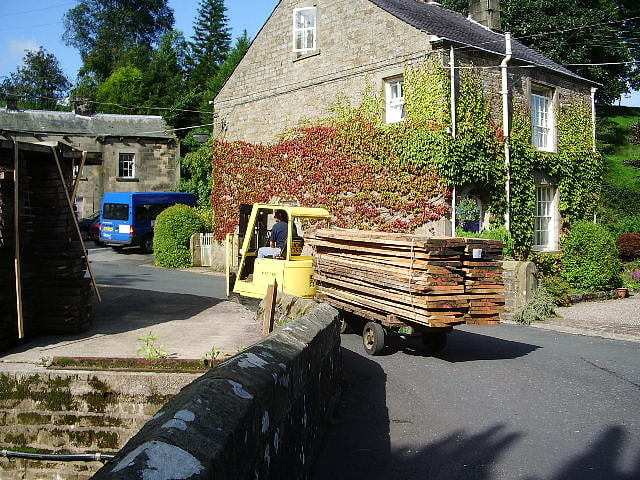
Kirk Mill is an early example of an Arkwright-type cotton mill and a grade II listed building in Chipping, Lancashire, in Ribble Valley, to the north of Preston, Lancashire, England. It was built in the 1780s on the site of a corn mill dating from at least 1544. The mill continued spinning cotton using water frames and then throstles until 1886, when it was sold and became HJ Berry's chairmaking factory. It was powered by a 32 ft waterwheel which continued in use, generating electricity until the 1940s.
Chipping really thrived during the Industrial Revolution when there were seven mills located along Chipping Brook. The last survivor was Kirk Mill, the chair making factory of HJ Berry, but in 2010 the company went into administration, the factory closed, and on 7 March 2011 the works were bought by SCPi Bowland Ltd
Significant refurbishment works including a full re-roof, stone cleaning, re-pointing with lime mortar, removal of incongruous late additions and the introduction of structural steelwork were completed in spring 2017[9]
Hornby Village Institute
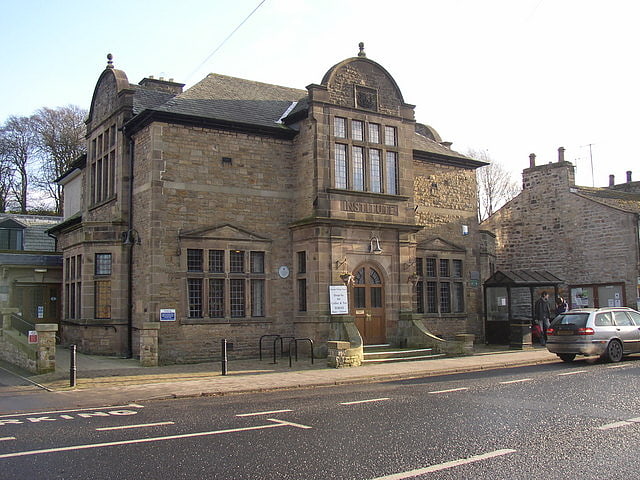
Community center in Hornby-with-Farleton, England. Hornby Village Institute is a public building in Main Street, Hornby, Lancashire, England. It is considered to be important architecturally, and is recorded in the National Heritage List for England as a designated Grade II listed building.[10]
Littledale Hall
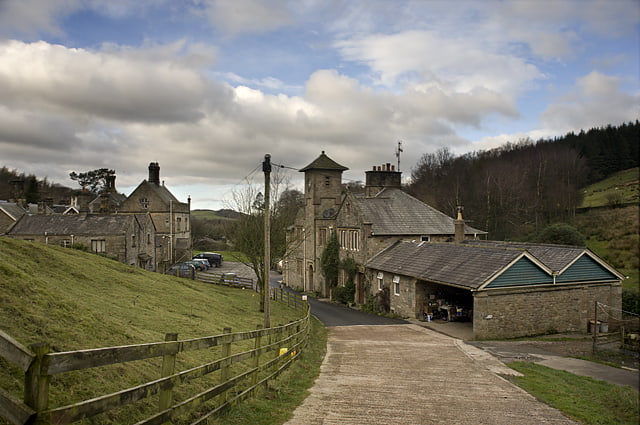
Building in England. Littledale Hall is a former country house in the civil parish of Caton-with-Littledale in Lancashire, England, some 10 miles east of Lancaster. It is recorded in the National Heritage List for England as a designated Grade II listed building.
It dates from 1849 and, in the absence of documentary evidence, its design has been attributed on stylistic grounds to the Lancaster architect E. G. Paley. It is constructed in sandstone with slate roofs, and is in Gothic style.[11]